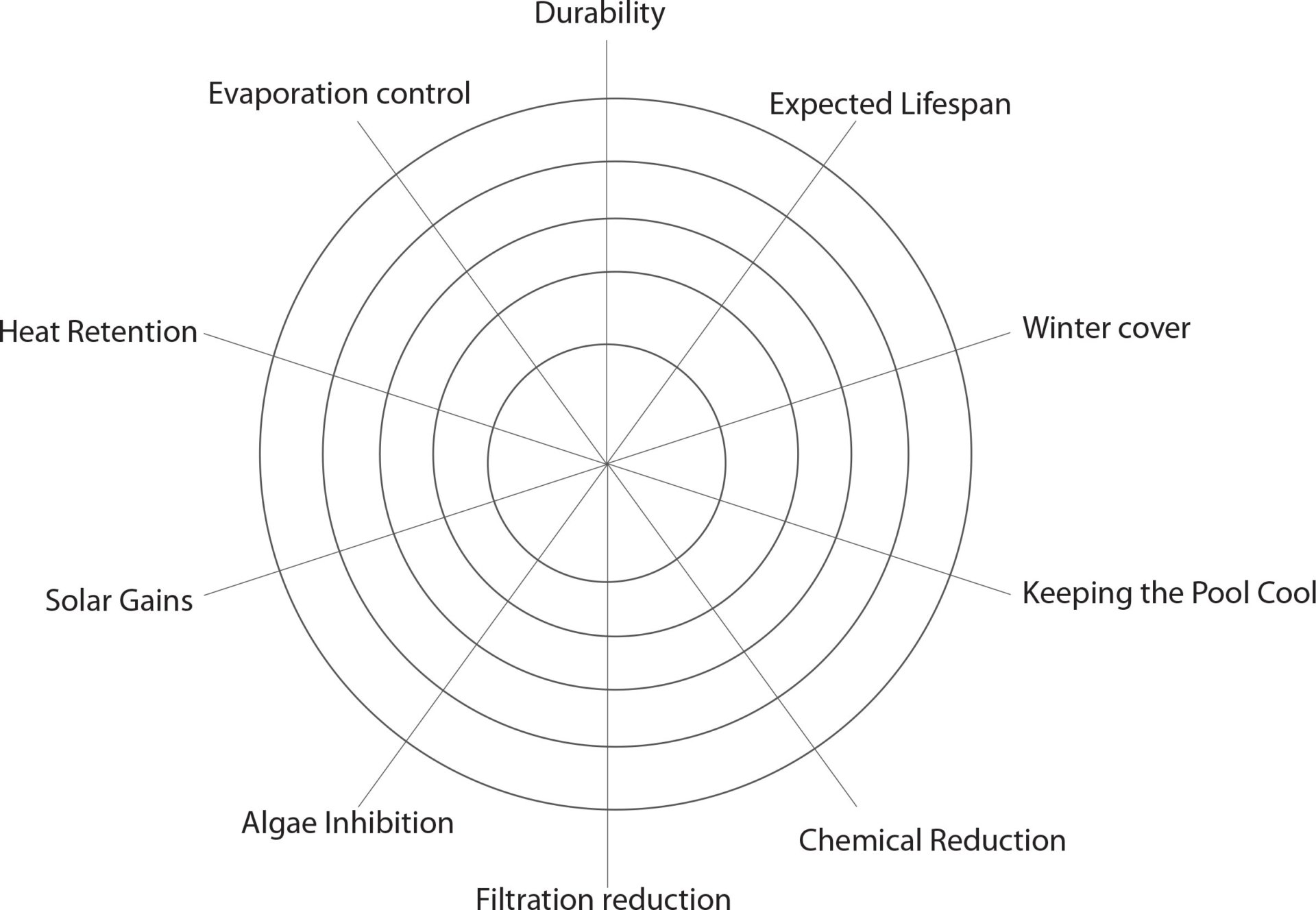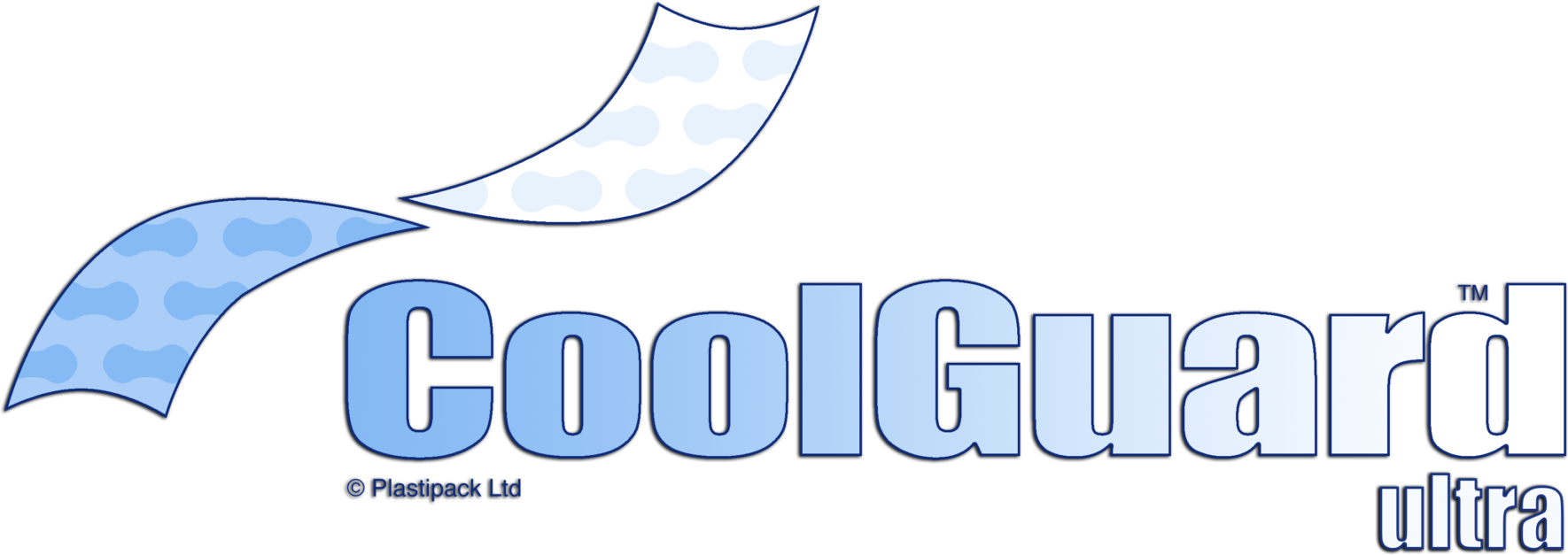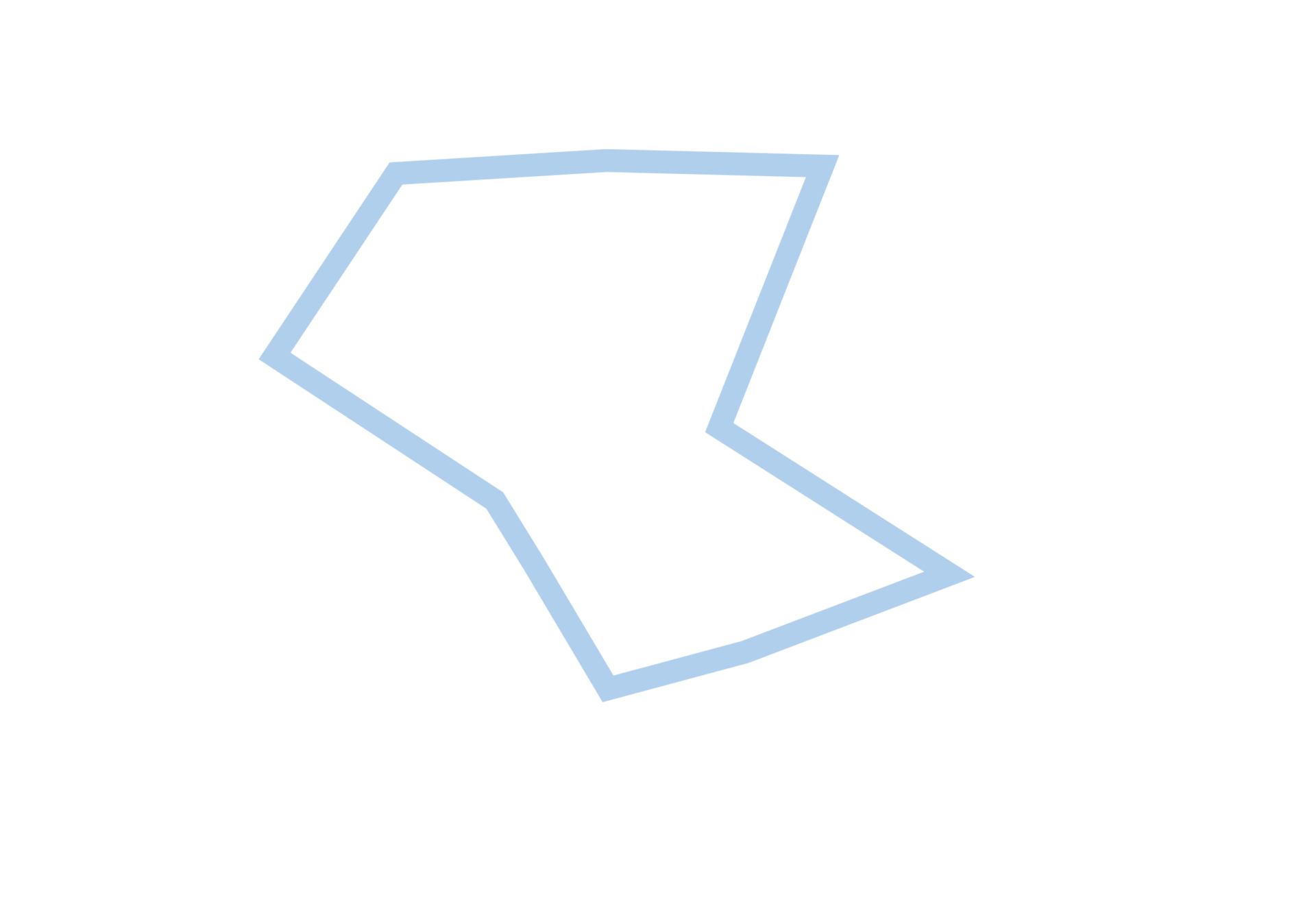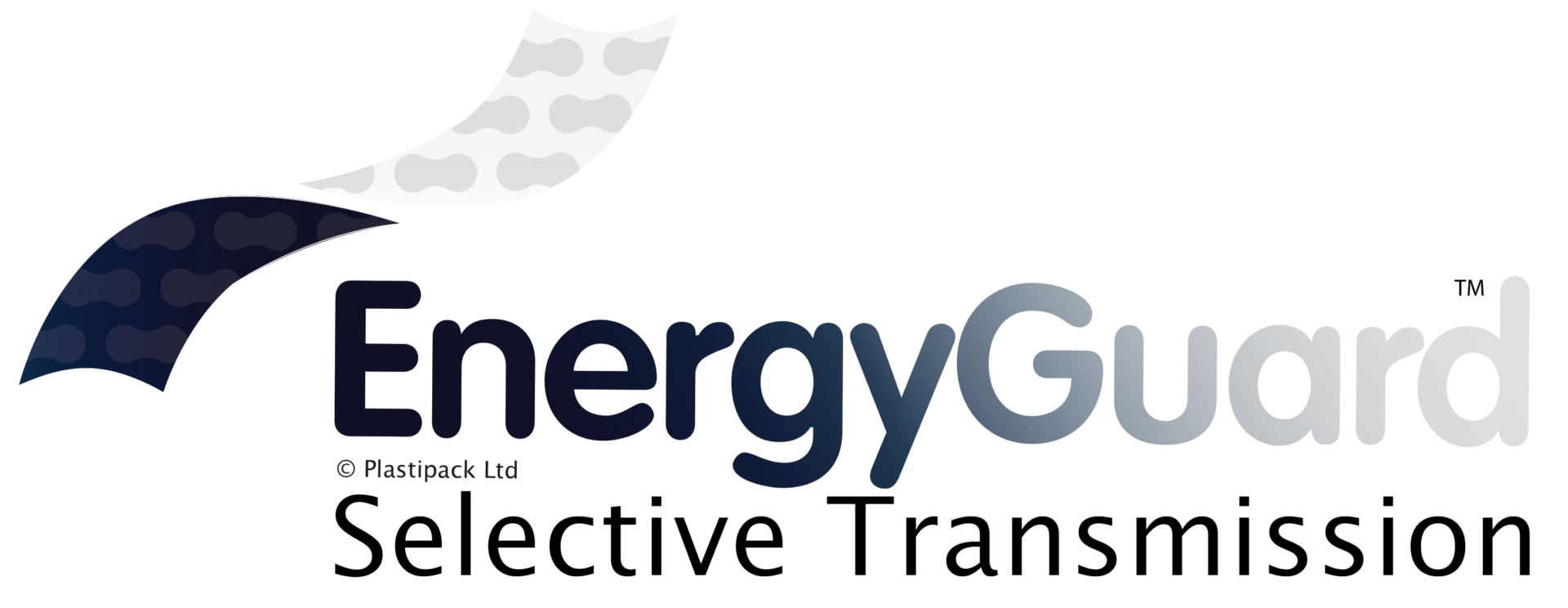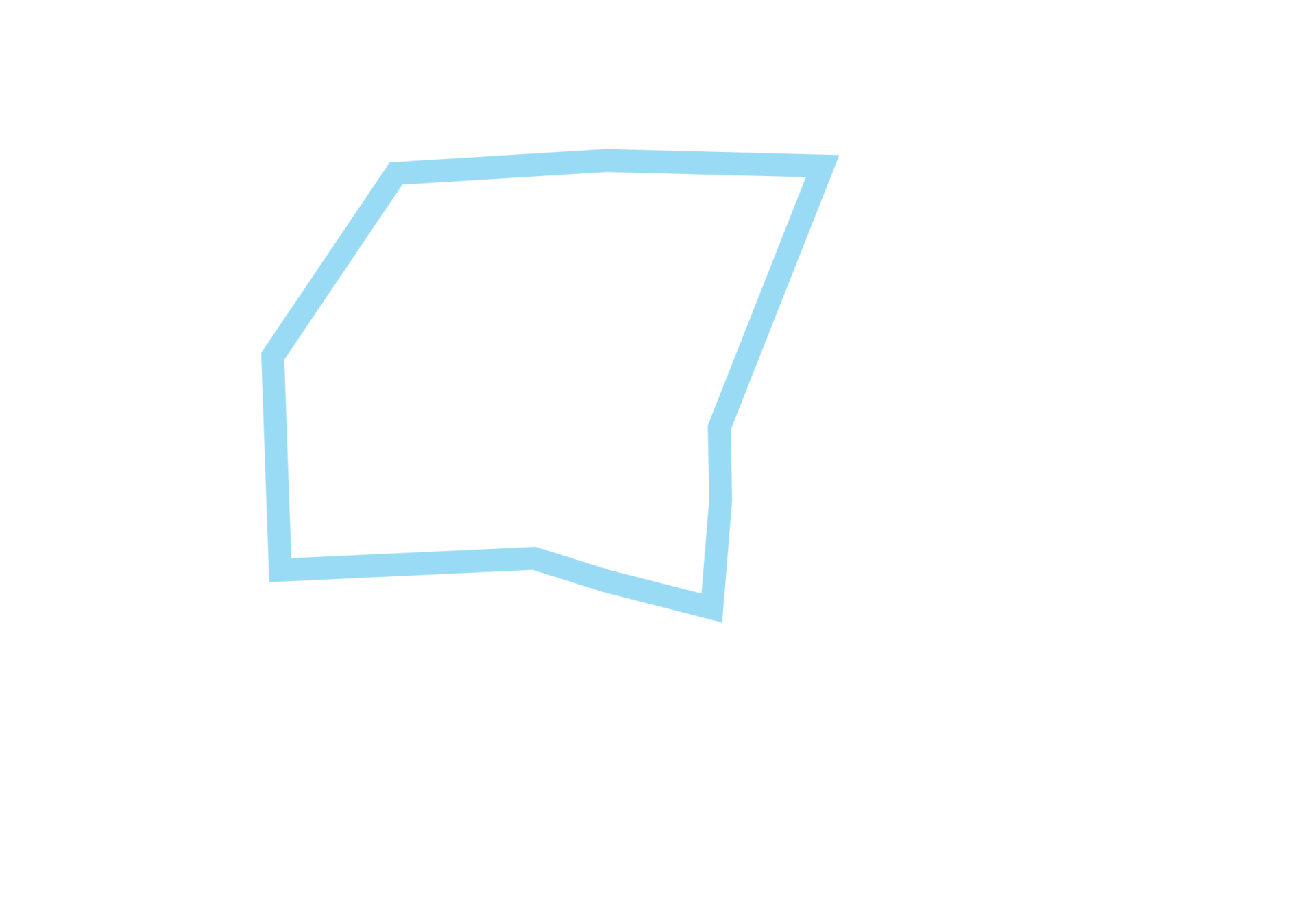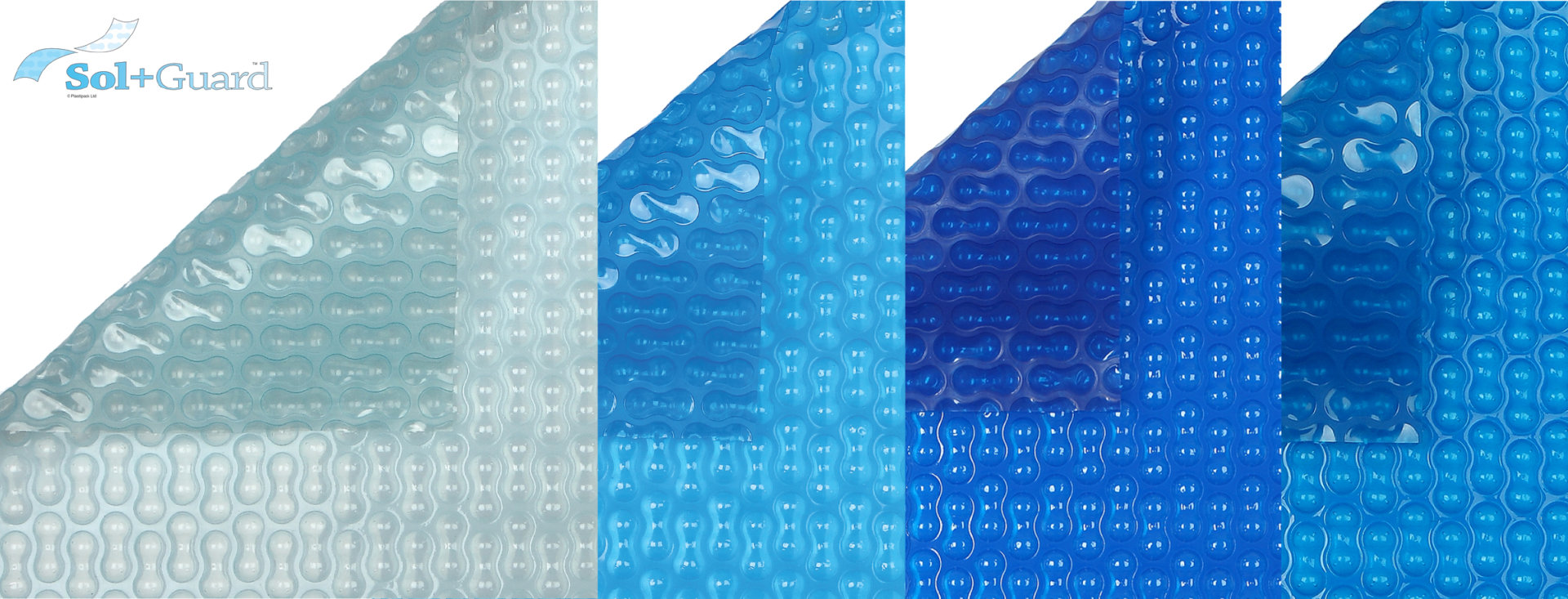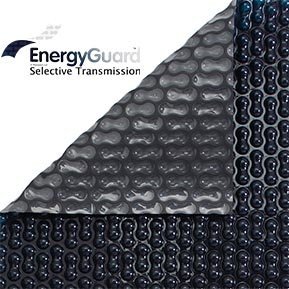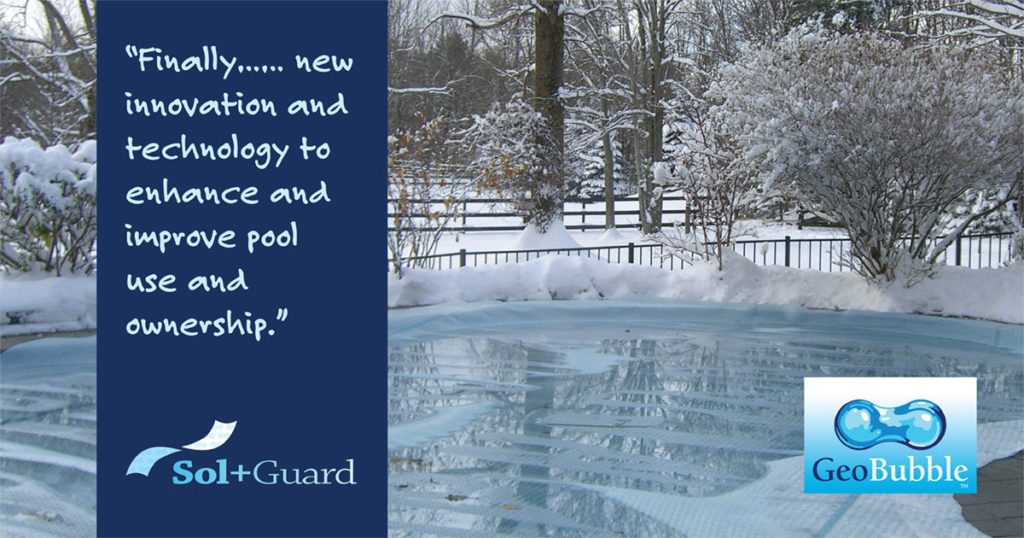Which colour pool cover should I buy?
Dark blue, light blue, gold or silver? There are lots of colour options on the market, with pool retailers offering a wide range of choices. Is it simply an aesthetic choice, or can the colour of your cover make a real difference to your pool?
Firstly, let’s look at the benefits all pool covers will provide.
All pool covers will:
- act as barrier to debris
- provide insulation
- prevent evaporation
Evaporation control is the most important of these general benefits by far.
It has a massive impact in terms of energy savings. Not only does evaporation mean that you’re losing water, but it’s also the largest cause of heat loss from the pool. This means that without a cover, your heater is having to work much harder to maintain pool temperature compared with a covered pool. So, if you want to be energy efficient – ALWAYS cover your pool when you’re not using it. After all, you wouldn’t leave your oven door open, or a leave a light on in an empty room. The logic here is much the same.
Is colour just an aesthetic choice?
Now let’s look at the effect that colour will have on the performance of your cover – is colour just an aesthetic choice when it comes to swimming pool covers? If you’re looking to get the best savings from a pool – No. Though it is perhaps best to think less in terms of colour and more of what your cover will and will not let through to your pool.
Pool covers can generally be divided into two categories: Transparent and Opaque covers, determined by their appearance and performance. Transparent covers allow the Sun’s light to pass through so the water can absorb this energy, whereas opaque covers absorb the light, blocking the majority of the Sun’s energy from reaching the pool.
Transparent Covers
Transparent covers are designed to transmit a large proportion of visible and Infra-red (IR) radiation from the Sun, utilising it to heat the water and basin of your pool.
The amount of energy a transparent cover will transmit is linked closely to the colour and concentration of the pigment used.
The more transparent the material the more energy will be allowed into the pool. However, the pigments themselves and not just the concentration within the cover also has an effect. Metallic pigments such as silver and gold reflect energy in the IR away from the pool reducing the covers efficiency as a solar cover. As such covers with metallic layers are used primarily indoors or for purely for aesthetic reasons.
Opaque covers
Unlike transparent covers, opaque covers do not heat your pool via transmission of solar energy, instead they conduct energy absorbed from the Sun to the water directly below. Therefore, an opaque cover will not heat a pool as efficiently as a transmission cover.
We see a lot of discussion in the industry where it’s claimed that a dark or opaque material has a higher absorption and will therefore be the most efficient cover. Well if your aim is to have the warmest pool cover this is certainly true – but what about the water in the pool?
An opaque cover will not heat a pool as efficiently as a transmission cover as the covers ability to pass the heat into the pool is limited to its surface area. Though opaque materials do have advantages like chemical reductions and control of biological growth which reduce consumption of energy and resources in other areas.
Can I have the best of both worlds?
Transmission covers are the best option if you are looking for a pool cover that will maximise solar gains and heat your pool most effectively. If you’re looking to block out algae growth, then an opaque cover is a better option, but this comes at the cost of heating efficiency.
But is there another choice? Is there a cover out there that can inhibit algae growth AND heat your pool using solar energy? Our award-winning EnergyGuard™ Selective Transmission pool cover material is designed specifically to block out visible light and prevent algae growth whilst transmitting energy to heat your pool.
See details on our EnergyGuard™ Selective Transmission testing here.
The science bit…
Water does not absorb the Sun’s energy evenly across the Electromagnetic (EM) spectrum. Blue light won’t be completely absorbed until it has passed through 300m of water with red light requiring 15m. So, neither are very useful for a pool 1 or 2m deep.
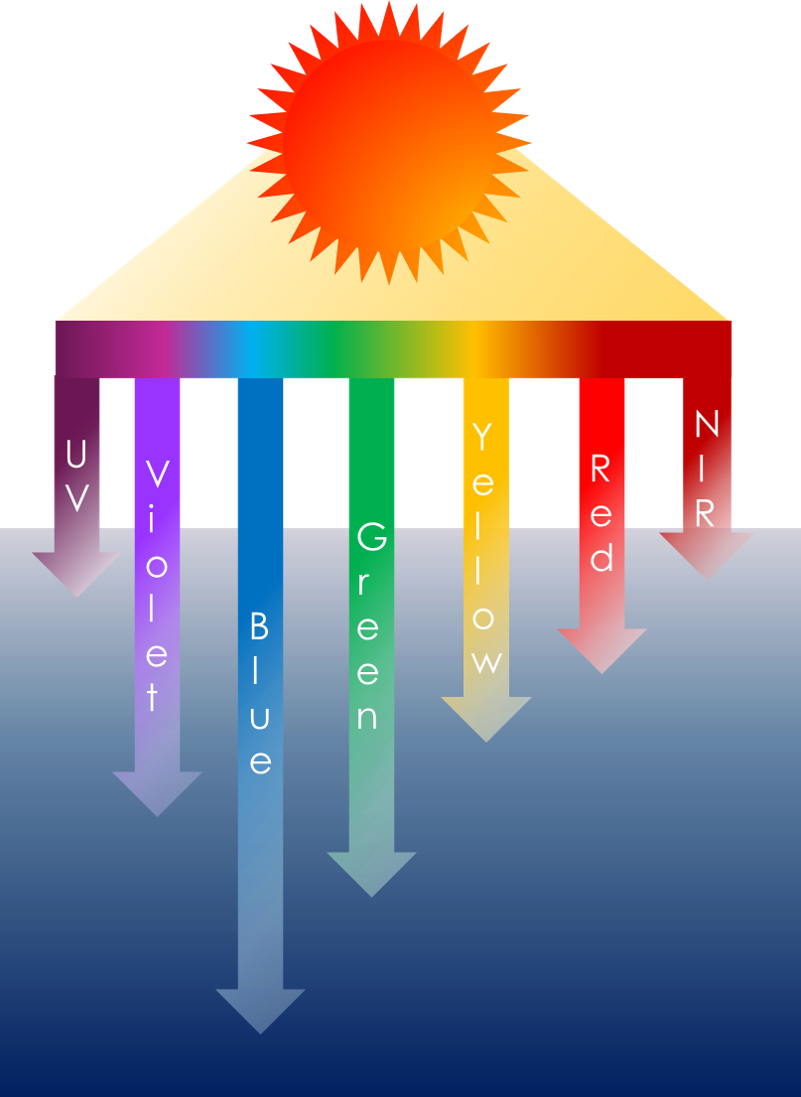
However, when you look past the visible to the IR, we see a very different story. It is the IR part of the spectrum that contains the majority of the Sun’s energy. IR radiation can be absorbed by the water within a few cm making transmission covers highly effective at heating a pool.
When it comes to solar heating performance, transmission is key!
Sol+Guard™ is well established as GeoBubble™’s highest performing cover for temperature gains. Sol+Guard™ can raise pool temperatures by up to 8°C as shown in our own testing facility in the UK and we’ve seen even more impressive temperature gains for customers around the world.
Get the most efficient standard cover available!
At our bespoke testing facility in the UK, we did some more in-depth testing to compare the performance of a some of the different colours of our standard GeoBubble™ materials to see how well they’d heat the pool water, and how well they would retain heat in the pool. Our testing has shown that our Light Blue material is capable of increasing the temperature of your pool by up to 3°C in the UK– the best performing of our standard range, with the Blue/Silver material performing least well in this respect.
Find out more about this testing at our Light Blue Case Study.
Ultimately, every GeoBubble™ cover will deliver evaporation control, heat retention, debris and control and a temperature increase to your pool, as well as a 25% longer lifespan than traditional round bubble covers.
Still not sure which cover to choose? Go to our Selecting the right Cover blog, or use the interactive graph below to help you decide:
